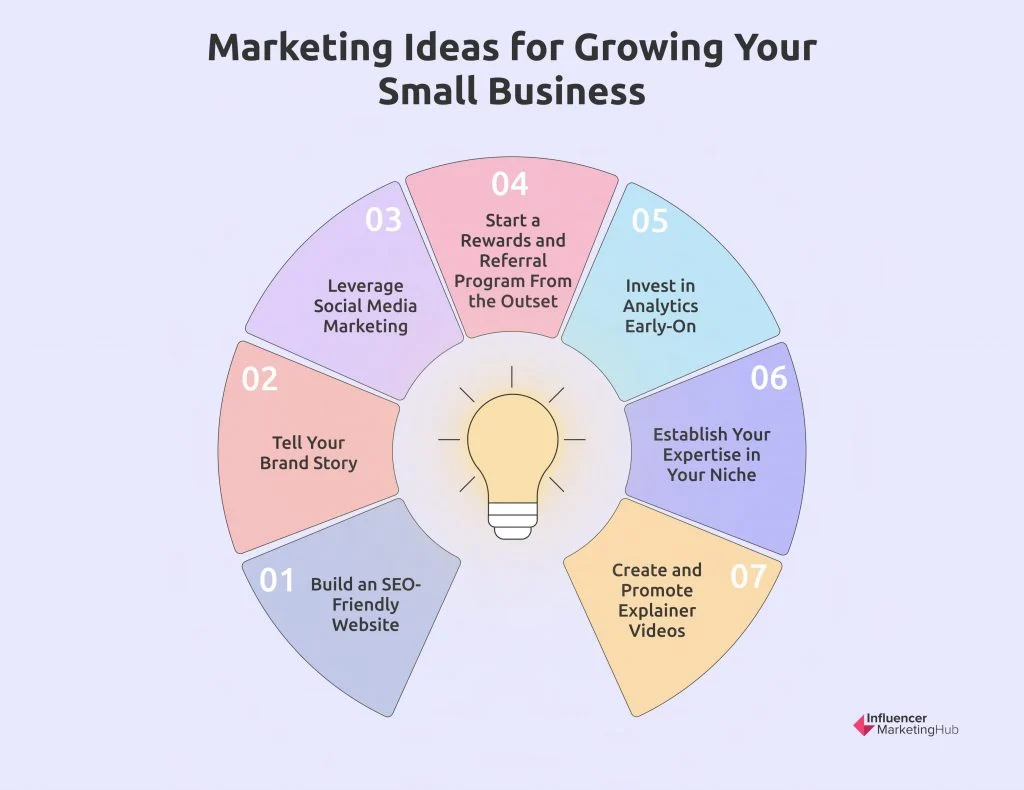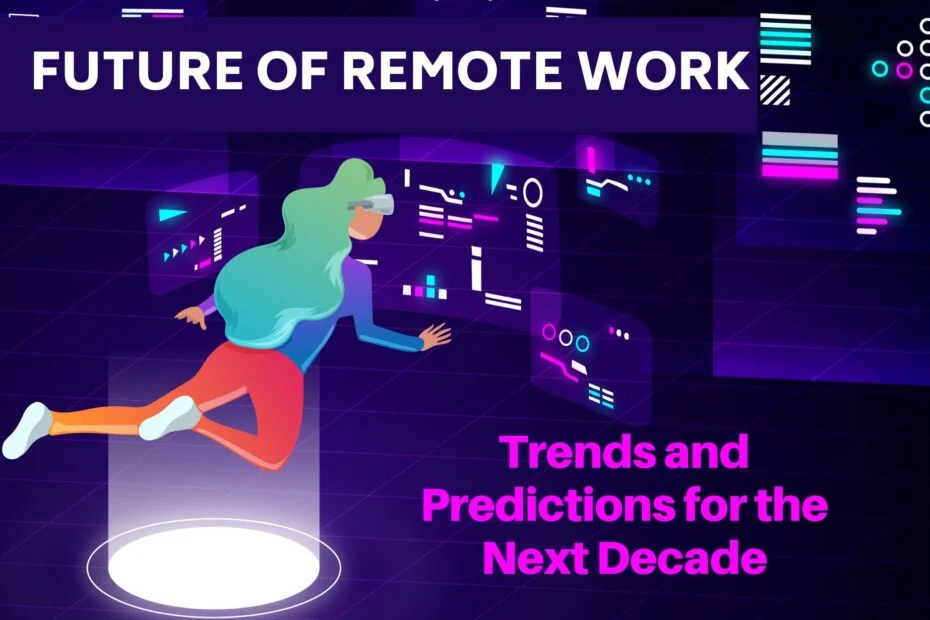Sam Altman’s eye-scanning technology has emerged as a groundbreaking solution for biometric identity verification, capturing attention and raising eyebrows in equal measure. By utilizing iris scans, this innovative startup based in San Francisco enables users to prove their humanity without divulging personal data such as names or email addresses. However, this technology does not come without its share of data privacy concerns, with critics warning against the security risks associated with biometric data collection. As the initiative gains momentum, especially with the rise of Worldcoin cryptocurrency, many are weighing the benefits of such identity verification solutions against the implications of surrendering sensitive biometric information. Amidst the evolution of digital interactions, Sam Altman’s eye-scanning technology may redefine the landscape of identity verification in the age of AI.
The innovative technology spearheaded by Sam Altman, which employs advanced iris recognition, promises a new frontier in biometric identity checks. This cutting-edge approach to confirming human identity seeks to eliminate the need for personal details, thereby addressing growing demands for data privacy amid an evolving digital economy. With increasing scrutiny surrounding the handling of biometric information, the functionality of this groundbreaking identification method raises essential conversations about safety and ethical use. Significantly intertwined with projects like Worldcoin, this system offers users streamlined identity verification solutions while igniting debates regarding the sustainability of personal privacy. As these technologies develop, understanding their full impact on individual rights and social trust remains crucial.
Understanding Sam Altman’s Eye-Scanning Technology
Sam Altman’s eye-scanning orbs are an innovative leap in biometric identity verification, particularly through iris scan technology. These orbs, created by the startup Tools for Humanity, enable individuals to confirm their identity without having to disclose sensitive personal information such as names or email addresses. By utilizing advanced algorithms and high-resolution cameras, the orbs perform quick scans that capture unique characteristics of the iris, linking them to a digital ID called the World ID. This solution not only aims to enhance user anonymity but also strives to address the urgent need for secure identity verification in a world overwhelmed by AI-generated content.
The appeal of using iris scan technology lies in its accuracy and personalization. Unlike conventional methods that rely on passwords or usernames, which can easily be forgotten or hacked, biometric identifiers such as iris scans provide a permanent record that is intimately linked to the individual. Altman and his team believe that this approach will help protect humans from identity fraud while building trust in digital interactions. As we navigate this new digital landscape, the challenge remains in balancing the benefits of technological advancement with the fundamental requirements of data privacy and security.
Data Privacy Concerns Surrounding Biometric Technology
Despite the potential benefits of Sam Altman’s iris scan technology, significant data privacy concerns have arisen among experts and potential users alike. Critics like Justin Kloczko have voiced strong opinions about the risks associated with relinquishing biometric data. The history of data breaches in numerous companies raises valid fears that sensitive biometric information could fall into the wrong hands. Unlike passwords that can be changed, biometric data such as retinal scans remain constant and, therefore, can lead to irrevocable consequences if compromised.
Moreover, regulatory scrutiny over such technologies has intensified globally, as seen in various countries raising alarms about privacy implications and data handling practices. While Tools for Humanity claims to encrypt iris images to prevent unauthorized access, the long-term impact of storing biometric data poses ethical and practical questions. There is a delicate balancing act between advancing identity verification solutions and ensuring the safety and privacy of users’ personal information.
Worldcoin Cryptocurrency and Its Connection to Identity Verification
A pivotal aspect of Sam Altman’s initiative is the integration of Worldcoin cryptocurrency with the eye-scanning technology. Users who verify their identity through the orbs receive free tokens of Worldcoin, creating a unique incentive for participating in this new form of biometric identity verification. This integration not only fosters a sense of community and engagement but also aligns with the growing trend of digital currencies in our financial ecosystem. The idea is that by successfully linking a verified identity with a digital currency, users can have a more secure and decentralized way to access online services.
However, as Worldcoin captures the attention of millions around the globe, skeptics remain. There is a concern that the intertwining of cryptocurrency and biometric data may lead to new dimensions of exploitation if adequate safeguards are not implemented. Questions about the future valuation of Worldcoin in conjunction with the reliability of iris scan technology present a myriad of challenges that Tools for Humanity must navigate as they expand their offerings. Looking ahead, the success of this venture hinges on their ability to gain public trust while navigating the complex landscape of privacy and security.
The Rise of Anonymity in Digital Identity Solutions
With the advent of AI and sophisticated deepfake technologies, the demand for reliable and anonymous identity verification systems is more pressing than ever. Sam Altman’s eye-scanning orbs aim to meet this demand by providing a method for individuals to prove their humanity without sacrificing their privacy. Many services currently require extensive personal details, making the general public skeptical of how their information is used and stored. The orbs present a fresh alternative, appealing to a generation that values anonymity and authenticity while interacting online.
This shift toward anonymity complements growing tensions in the digital space regarding data ownership and privacy. In an era where users are increasingly aware of their digital footprints, the push for secure identity verification solutions will likely gain momentum. The challenge for companies like Tools for Humanity will lie in cultivating a track record of transparency and user trust, which is essential for encouraging wider adoption of this innovative technology within a skeptical public.
Adoption Challenges for Eye-Scanning Technology
While Sam Altman’s eye-scanning orbs offer promising potential for identity verification, significant adoption challenges loom on the horizon. Initial public reception revealed a duality between curiosity and apprehension. Some potential users express strong hesitation to engage with this technology, fearing it as a step too far into a realm of surveillance and invasive data collection. Compounded by tech fatigue, individuals may be slow to grant access to their iris data, voicing concerns reminiscent of previous experiences with less-secure biometric solutions that have led to security breaches.
Moreover, for eye-scanning technology to become mainstream, it needs to be seamlessly integrated into everyday applications without overwhelming users. The development of smaller and more portable orbs is one step toward achieving this goal, but the efficacy of the technology has yet to be tested across diverse demographics and environments. Acceptance will ultimately hinge on strategies that reassure users that their biometric information will be handled with the utmost care and respect, addressing the underlying privacy concerns that many have before they can comfortably embrace this innovative identity verification solution.
Comparing Identity Verification Methods: Why Biometrics?
As identity verification methods evolve, distinguishing the merits of these options is fundamental for users. Traditional methods like passwords, ID cards, and phone numbers are becoming increasingly prone to fraud and theft, which is why biometric identity verification is gaining traction. Sam Altman’s iris scanning technology stands out as it combines advanced security with user anonymity; individuals can verify their identity without the fear of their personal information being stored or misused. This clear advantage positions biometrics as a frontrunner in the quest for reliable verification solutions.
Nevertheless, the competition remains formidable, with companies employing various methods such as artificial intelligence, behavioral analysis, and two-factor authentication to confirm identities. Altman’s technology emphasizes user empowerment and privacy, which could benefit users looking to navigate the digital landscape without exposing themselves to traditional vulnerabilities. Ultimately, the adoption of iris scanning technology will depend on how effectively it can differentiate itself from existing methods while successfully alleviating public fears about biometric data misuse.
Future Prospects of Iris Scan Technology in Identity Verification
Looking forward, the potential for iris scan technology in identity verification presents both exciting possibilities and daunting challenges. As Sam Altman’s orbs gain wider adoption, the evolution of biometrics could reshape the methods we rely on to authenticate digital interactions. Major companies across various sectors may seek to integrate iris scanning options, potentially broadening accessibility and usage of this innovative approach to secure identity confirmation. The allure of a quick, accurate, and anonymous verification process holds promise, especially in an increasingly interconnected world.
However, with opportunity comes responsibility. The ethical implications of widespread biometric data usage must be a focal point for developers and stakeholders. Ensuring robust security measures to protect against data breaches while maintaining transparency about how biometric data is handled will be crucial for sustaining public confidence in this technology. Moreover, engaging in constructive dialogue with users regarding their privacy concerns and potential risks can support a more informed adoption of biometric identity solutions.
Global Expansion of Eye-Scanning Technology: A Worldwide Perspective
The expansion of Sam Altman’s eye-scanning technology beyond the U.S. is a noteworthy trend as world markets begin to recognize the necessity for enhanced identity verification solutions. The startup Tools for Humanity sees opportunities in regions like Asia, Europe, and Latin America, where the need for secure digital identities is becoming increasingly evident. As the technology proliferates, various applications—from online payments to social media interactions—can carve a path for its acceptance across diverse cultural landscapes. Innovations, such as partnerships with global brands like Razer and Match Group, can further signify the mainstreaming of iris scan technology.
However, navigating the different regulatory environments and concerning local privacy laws will be essential for successful implementation. As authorities scrutinize such technologies, balancing innovation with compliance will challenge development. The international expansion of biometric identification, while transformative, must focus rigorously on user trust and data protection, ensuring that while we harness the power of iris scanning for identity verification, we prioritize ethical standards and privacy rights.
The Intersection of Technology and Humanity: Altman’s Vision
At the heart of Sam Altman’s initiative lies a profound vision of the intersection between technology and humanity. With the advent of AI, establishing a reliable method for verifying human identity has become more critical than ever. By leveraging eye-scanning technology, Altman seeks to bolster the uniqueness of human identity amidst a flood of AI-generated content. He emphasizes the importance of keeping humanity at the center of technological advancements, which aligns closely with the ethos of Tools for Humanity and its mission to create technology that serves people rather than replaces them.
This vision advocates for a digital landscape where human identity is safeguarded and respected, blending innovation with ethical standards. As societal reliance on digital systems continues to deepen, Altman’s eye-scanning technology could serve as a robust model for protecting individual identities. It suggests a future where technology adapts to human needs while fostering an inclusive environment that extends beyond mere transactions to genuinely engaging interactions online.
Frequently Asked Questions
What is Sam Altman’s Eye-Scanning Technology and how does it work?
Sam Altman’s Eye-Scanning Technology is a biometric identity verification solution that utilizes iris scans to confirm an individual’s identity without requiring personal information like names or emails. Developed by Tools for Humanity, this technology employs specialized devices known as orbs to scan users’ eyes, enabling them to obtain a verified World ID and access various online services.
How does biometric identity verification using iris scan technology protect data privacy?
Biometric identity verification using iris scan technology, such as that developed by Sam Altman’s initiative, claims to enhance data privacy. It does not store users’ biometric data directly but instead encrypts it on their personal devices. This aims to mitigate data privacy concerns while still providing a secure method for identity verification.
What are the key benefits of using Sam Altman’s Eye-Scanning Technology for identity verification?
The primary benefits of Sam Altman’s Eye-Scanning Technology include enhanced security in identity verification, ease of use without the need for personal information, and the ability to quickly access online services. This technology comes amid growing interest in biometric identity verification solutions to distinguish between genuine users and AI-generated content.
What are the main concerns regarding data privacy with Sam Altman’s iris scan technology?
Main concerns regarding data privacy with Sam Altman’s iris scan technology stem from the potential risks associated with biometric data breaches. Experts warn that biometric information, once compromised, cannot be changed, leading to long-term privacy implications. Critics caution that although users may not share personal details, the surrendering of unique biometric identifiers could expose them to future data theft.
How does Sam Altman’s Eye-Scanning Technology relate to Worldcoin cryptocurrency?
Sam Altman’s Eye-Scanning Technology is linked to the Worldcoin cryptocurrency initiative, which incentivizes users with digital tokens when they verify their identities through iris scans at orb locations. This integration allows users to engage in financial transactions within a decentralized ecosystem while utilizing biometric identity verification for enhanced security.
Is Sam Altman’s Eye-Scanning Technology safe and reliable for regular use?
The safety and reliability of Sam Altman’s Eye-Scanning Technology remain subjects of debate. Proponents argue that it offers a modern, secure solution for identity verification, while skeptics highlight concerns over potential data breaches and misuse of biometric data. As the technology evolves and undergoes testing, its long-term effectiveness and safety will become clearer.
What are some applications for the identity verification provided by Sam Altman’s iris scan technology?
Applications for the identity verification provided by Sam Altman’s iris scan technology include online services in gaming, dating, and social media. The technology facilitates user authentication, enhancing security against identity fraud and offering a seamless experience for accessing various digital platforms without traditional identification methods.
Why are experts skeptical about Sam Altman’s biometric identity verification solutions?
Experts express skepticism about Sam Altman’s biometric identity verification solutions due to the inherent risks of handling sensitive biometric data. Concerns include the potential for data breaches, misuse by hackers, and the inability to change biometric information once compromised, paralleling historical issues faced by companies handling similar data.
What future developments can we expect from Sam Altman’s Eye-Scanning Technology?
Future developments of Sam Altman’s Eye-Scanning Technology may encompass the creation of smaller devices, like the proposed ‘mini Orb,’ to make eye scanning more accessible for everyday use. Additionally, further partnerships with online platforms for identity verification and improvements in data security measures are anticipated as the initiative progresses and scales.
How effective is the training and support for users of Sam Altman’s Eye-Scanning Technology?
While specific details on training and support for users of Sam Altman’s Eye-Scanning Technology are not extensively detailed, the initiative aims to provide user-friendly experiences with the orbs. The effectiveness of support services will likely evolve as the technology rolls out widely and as user feedback shapes future enhancements.
| Aspect | Details |
|---|---|
| Technology | Eye-scanning orbs for identity verification without personal information. |
| Company | Tools for Humanity, co-founded by Sam Altman. |
| Location | Opened in San Francisco’s Union Square, with plans to expand in the U.S. |
| User Engagement | Users receive a verified World ID and Worldcoin tokens upon scanning their eyes. |
| Privacy Concerns | Experts warn about the risks of biometric data collection. |
| Global Reach | Over 12 million identities verified globally, plans to expand to 7,500 orbs in the U.S. |
| Skepticism | Concerns about data breaches and misuse of biometric data. |
| Innovative Partnerships | Collaborations with Razer and Match Group for gaming and dating platforms. |
Summary
Sam Altman’s Eye-Scanning Technology represents a bold leap into the future, where biometric iris scanning offers an innovative and privacy-focused method of identity verification. The initiative aims to secure users’ identities without requiring personal information, effectively addressing concerns in an increasingly digital world. However, as interest grows, so do the questions surrounding privacy and data security, establishing a critical debate that will shape the future of AI and human interactions.



